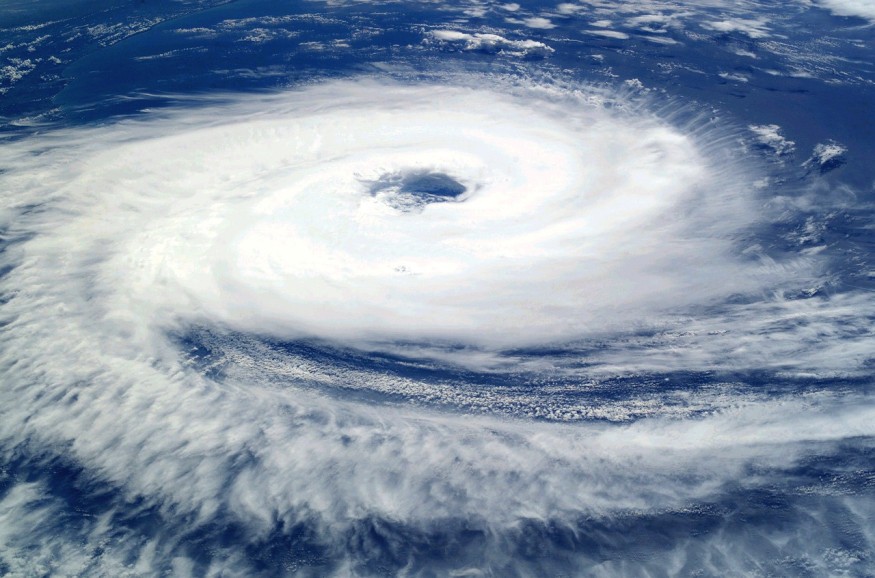A cyclone swept through southern Brazil, leaving at least 13 people dead and thousands homeless as flash flooding due to heavy rain battered the region. One state mostly affected by the deadly cyclone is Rio Grande do Sul which was struck by the storm late last week. Multiple people were also reported missing and local authorities continue their search operation as of Monday, June 19.
The cyclone battered several towns across the states, where its eastern coast received its brunt. One of the victims include a baby inside a car swept away by raging floodwaters. Moreover, thousands of houses were also damaged and communities underwent widespread power outages, as strong winds also damaged power lines.
The natural disaster came more than two weeks after the official start of the Atlantic hurricane season on June 1. While formed tropical storms in the Atlantic Ocean can traverse toward North America or the Caribbean, it can also impact South America, based on reported incidents in previous years, including the landfall of Hurricane Bonnie in Venezuela.
Brazil Deadly Cyclone

The cyclone, which brought torrential rain and strong winds, killed at least 13 people in different towns across Rio Grande do Sul, according to local authorities on Sunday, June 18, WION reported.
The storm ravaged the region on Thursday and Friday, June 15 and June 16 in dozens of towns across the state, including Caraa, Tramandal, and Sao Leopoldo, wherein continuous rainfall in 18 hours was 'a level never seen before in the city's history,' according to AFP, as cited by Phys.org.
Brazil's Deadliest Hurricanes
In the past years, Brazil has recorded some of its deadliest hurricanes in modern history.
In March 2004, an extraordinarily rare tropical cyclone from the South Atlantic called Hurricane Catarina made landfall in South Brazil, causing multiple fatalities.
In February 2023, a low-pressure area off the coast of Brazil resulted in the deaths of at least 40 people due to rainfall and flooding, leading to landslides, the natural disaster-monitoring site Floodlist.com reported.
What is a Tropical Cyclone?
A tropical cyclone is an organized weather system that rotates and consists of clouds and thunderstorms originating in the waters over tropical or subtropical regions of the world, according to the National Oceanic and Atmospheric Administration (NOAA).
In the Northern Hemisphere, tropical cyclones rotate counterclockwise and they are classified by the NOAA as follows:
- Tropical depression: a cyclone with maximum sustained winds reaching 38 miles per hour (33 knots) or less.
- Tropical storm: a cyclone with maximum winds of up to 39 to 73 miles per hour (34 to 63 knots).
- Hurricane: a tropical cyclone with maximum winds of 74 miles per hour (64 nots) or higher.
- Major hurricane: a tropical cyclone with maximum winds of 111 miles per hour (96 knots) or stronger. It is also designated as a Category 3, 4, or 5 based on the Saffir-Simpson Hurricane Wind Scale.
The U.S. weather agency explains that there are various names given to these storms based on where they occur. For instance, hurricanes are called cyclones if they occur in the Indian Ocean and South Pacific Ocean. Meanwhile, hurricanes are called typhoons if they form over the western North Pacific.
Related Article: Subtropical Storm Churns Brazil to Uruguay, Kills Two People
© 2025 NatureWorldNews.com All rights reserved. Do not reproduce without permission.





